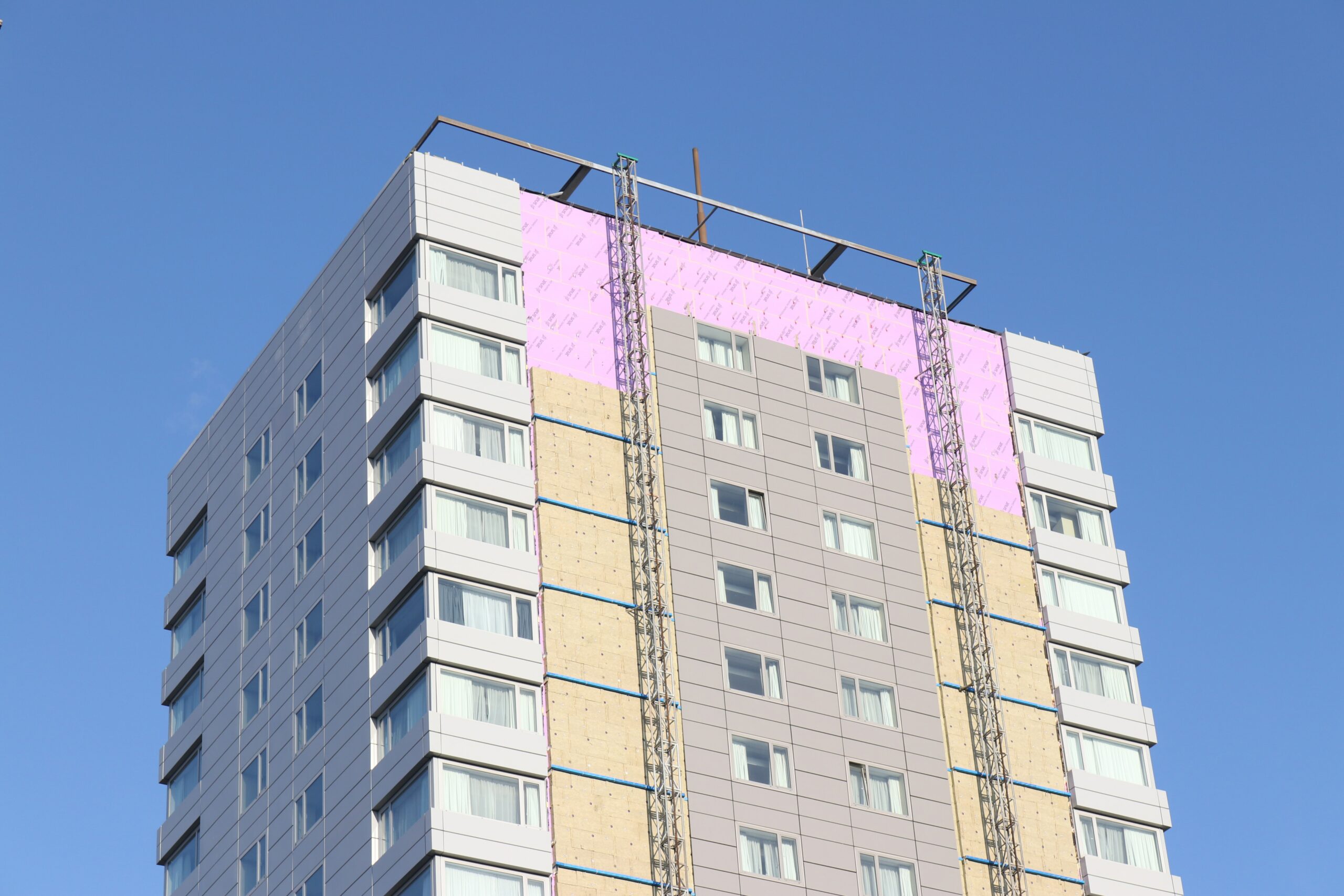This article will help you understand the procedure and steps involved in a collective enfranchisement claim. It explains what you need to do before you serve notice on your freeholder, how you serve the Initial Notice, what happens if you receive a Counter Notice and, finally, what happens once the premium is agreed.
Collective Enfranchisement Preparation
Before you serve notice on your freeholder (sometimes also called your landlord), you need to get prepared. At this stage, Brady Solicitors’ collective enfranchisement experts always recommend that you nominate an “authorised agent” to act on your behalf during the process, usually one of the leaseholders. This helps with keeping legal costs to a minimum by making sure that there is one point of contact and consistent instructions.
- The first step in preparing for your collective enfranchisement claim is to obtain a formal valuation of the freehold from a qualified valuer, to ascertain the potential premium (price) that you will need to pay for the freehold. You will need this figure not only so you have some idea of your likely financial commitment, but also because the best-case figure will be used in your notice to the freeholder.
- When you have your formal valuation, your solicitors will start the process of obtaining and reviewing title documents and copy leases and any plans of the estate and/or building(s). At the same time, your solicitors will help you to form a company, which will act as the vehicle for the purchase of the freehold title. The company is known as the “nominee purchaser”.
- Once everything mentioned in point 2 above is in order, your solicitors can prepare the Initial Notice, the plan to be attached to the Initial Notice and the Participation Agreements, and send you copies for your approval.
- Each participant will need to enter into a Participation Agreement (“the PA”) with the Nominee Purchaser company. The PA will confirm that the tenant will sign the IN and pay monies regarding their contribution towards the fees, costs and premium. The draft PA will be sent when the draft IN is sent to you for checking.
Collective Enfranchisement Notice: Serving the initial notice and next Steps
This is the stage in the collective enfranchisement process where you (or your solicitors) will notify the freeholder of your intention to purchase the freehold.
- The Initial Notice and the Participation Agreements will need to be signed by the participants and then served on the freeholder – usually by special delivery and first-class post. At the same time as serving the Initial Notice, your solicitors will register a notice against the freeholder’s registered title to prevent the freeholder from disposing of the property without your knowledge.
- After the Initial Notice has been served on the freeholder, they will have just over two months to serve a Counter Notice. In the Counter Notice the freeholder can: reject your Initial Notice on the basis that it is legally invalid under the terms of the legislation; accept it but dispute the price, or simply accept the notice and the price. In our experience at Brady Solicitors, the most common Counter Notice response is that the freeholder accepts the Initial Notice but rejects the price. At this point, your valuer will begin negotiating the price with the freeholder’s valuer.
Collective enfranchisement Counter Notice: What happens after the Counter Notice?
- If the respective valuers cannot agree on the price to be paid within six months of the date of the CN (or this is disagreement about any other terms of the transfer) then your solicitors can make an application to tribunal to determine the price and terms.
- The tribunal will issue directions (a list of time-specific instructions) for both parties to follow to aid a settlement. The final step will be to list the matter for a hearing. The tribunal process can take anywhere between three to six months. If an agreement is reached in the meantime, the tribunal application can be withdrawn.
Collective Enfranchisement Agreement: Once the premium (price) is agreed
- Once a price for the freehold is agreed you need to enter into a contract to purchase the freehold within two months. However, to save legal costs and time, it is commonplace to bypass the contract and proceed straight to completion. If the freeholder insists that contracts be exchanged, they can demand a deposit on exchange of contracts in the sum of £500 or 10% of the price agreed, whichever is the higher. It is however unusual for a freeholder to demand this deposit.
It is by no means unusual for the total collective enfranchisement process to take up to a year, particularly where the price to be paid must be determined by the tribunal – or there is a large number of participating flats. Using specialist valuers and solicitors experienced in the collective enfranchisement process will help to smooth the process for you.




